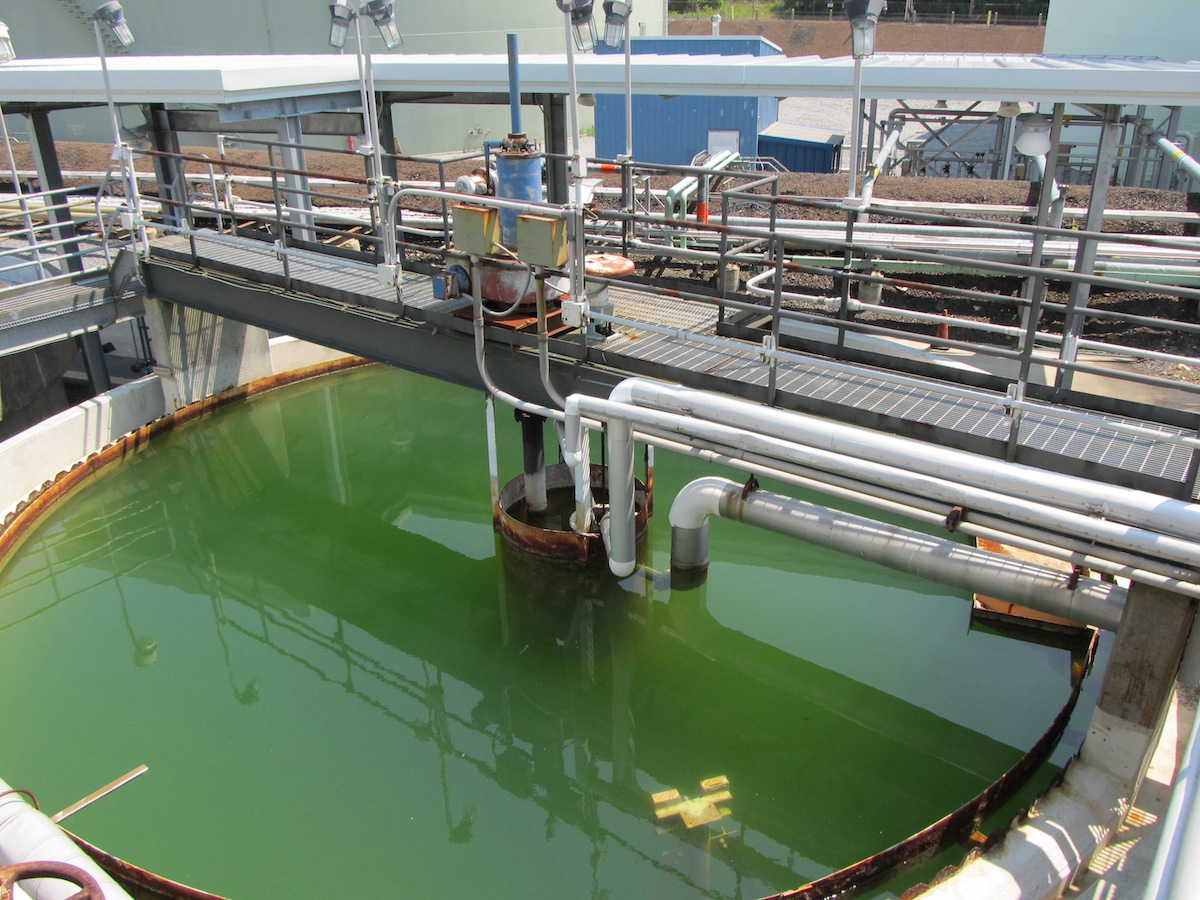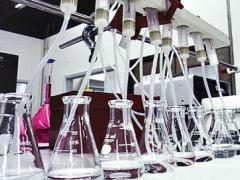Aquatic Toxicity Testing

Wastewater Toxicity Testing
Biological testing (i.e., aquatic toxicity testing) is a major part of the U.S. Environmental Protection Agency’s water quality-based approach to controlling toxic pollutants to the nation’s waters. Whole Effluent Toxicity (WET) testing is an important tool in detecting and addressing toxicity in surface waters.
To meet our clients’ needs, New England Bioassay performs a wide variety of wastewater toxicity testing required by the Clean Water Act’s National Pollutant Discharge Elimination System (NPDES) permit program.
NEB performs the following list of EPA testing.
Freshwater Acute Toxicity Test Methods (EPA-821-R-02-012)
- TEST METHOD 2002.0: Daphnid, Ceriodaphnia dubia
- TEST METHOD 2021.0: Daphnid, Daphnia pulex and Daphnia magna
- TEST METHOD 2000.0: Fathead Minnow, Pimephales promelas
- TEST METHOD 2019.0: Rainbow Trout Oncorhynchus mykiss and Brook Trout Salvelinus fontinalis
Freshwater Chronic Toxicity Test Methods (EPA-821-R-02-013)
- TEST METHOD 1002.0: Daphnid, Ceriodaphnia dubia , Survival & Reproduction
- TEST METHOD 1000.0: Fathead minnow, Pimephales promelas , Larval Survival & Growth
- TEST METHOD 1003.0: Green Alga, Pseudokirchneriella subcapitata (formerly Selenastrum capricornutum), Growth
Saltwater Acute Toxicity Methods (EPA-821-R-02-012)
- TEST METHOD 2007.0: Mysid, Americamysis bahia (formerly Mysidopsis )
- TEST METHOD 2004.0: Sheepshead Minnow, Cyprinodon variegatus
- TEST METHOD 2006.0: Silverside, Menidia beryllina
Saltwater Chronic Toxicity Test Methods (EPA-821-R-02-014)
- TEST METHOD 1007.0: Mysid, Mysidopsis bahia , Survival, Growth, & Fecundity
- TEST METHOD 1004.0: Sheepshead Minnow, Cyprinodon variegatus , Larval Survival & Growth
- TEST METHOD 1006.0: Inland Silverside, Menidia beryllina , Larval Survival & Growth
- TEST METHOD 1008.0: Sea Urchin, Arbacia punctulata, Fertilization

Toxicity Identification & Reduction Evaluation
As an outgrowth of NPDES biomonitoring requirements, in those instances where an effluent has consistently demonstrated toxicity, the US EPA and the states require an effort aimed at reducing effluent toxicity to acceptable levels.
